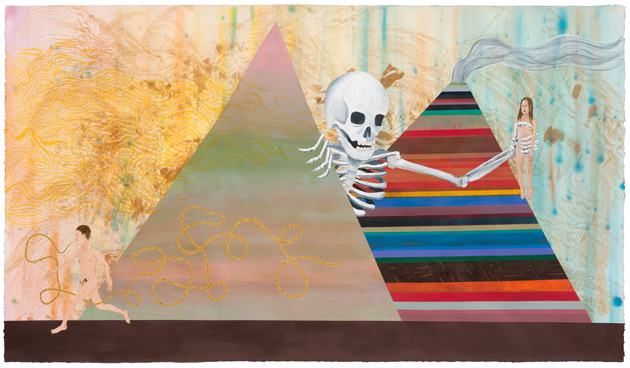In the occasion of his exhibition “A Gentle Collision” at Jerome Zodo Contemporary (until November 22nd), we met Ed Templeton, the versatile artist, professional skateboarder and founder/brand manager of the skateboard company Toy Machine. One of the cult figures of the US subculture, coming form the Southern California, tells us something more about his early years, his brilliant career and his perfect life, which he wouldn’t change for the world.
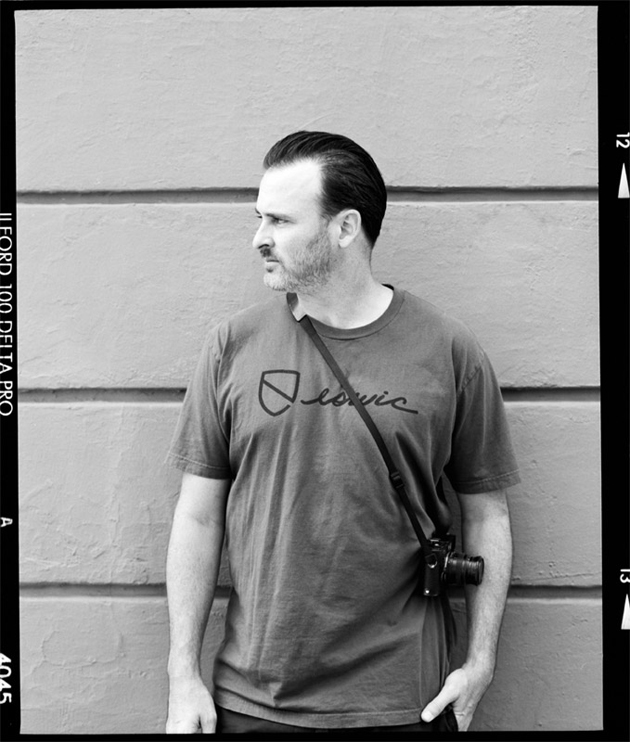
Who is Edward Templeton? If you have to describe yourself to someone who doesn’t know you, what would you say, which adjectives would you use?
It really depends on whom I’m meeting. I run a skateboard company, so I’m a business man, I’ve been a pro skateboarder all my life, since I was 18, so I’m also a skateboarder and also been doing art for a long time as well, so artist, skateboarder and business man. It depends on what hat I have to wear that day, these are the three words I use to say, but mostly skateboarder and artist.
To begin with the beginning, I’d like to ask you how it all started? The skateboard passion, the founding of Toy Machine and your artistic career.
It was 1985, I was around twelve/thirteen and finding skateboarding changed everything. I found the people around it, especially in the mid ’80s, they were mainly punk kids, and it wasn’t a cool thing to do as it is now. Skateboarding was a state of creative people and it is still full of creative people. I think Skateboarding in itself is a creative sort of thing. It is not a team sport, it is individual, there is no judgement, all sort of people can be good in different ways, there isn’t any standard way to be a good skateboarder, so the individuality and the creativity are involved in it as well.
The first kids I met when I found skateboarding were punk rock kids and I was scared, but they accepted me because I had a skateboard, which was the key, the opening. All I had to have was a skate. They were crazy kids. They said: “hey, come with us” and they gave me a tape of punk rock music and it just changed everything. I just found something that no one had. It was exclusive for me. Nobody at my school knew about this cool music and those cool guys cause it sounded like something weird.
It was soon after I discovered it, in 1990, that I turned professional skateboarder; it took me five years to become a professional; it was the same year that I started painting.
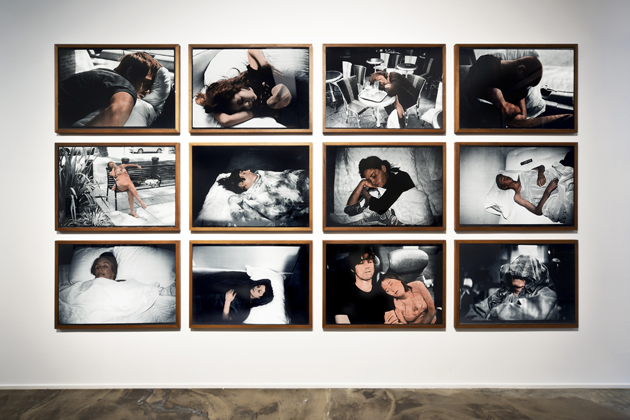
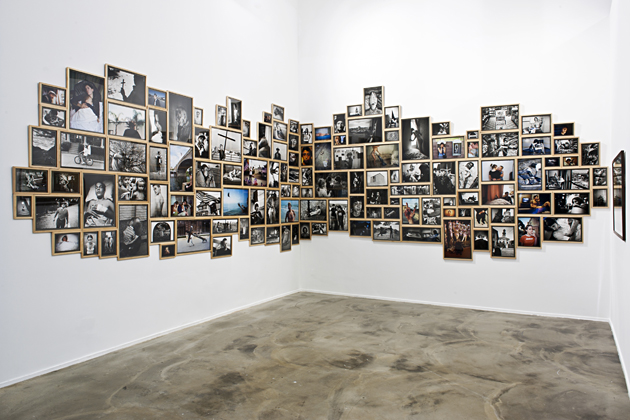
And when did you discover photography? Same period?
A little bit later. I’d been around photographers shooting pictures at me for the magazines. They always had their interesting cameras. I was interested in light, in how it works. I started learning from the people I was surrounded by. It was 1994; it took me four years before I really decided to go full on. I didn’t have a good camera, I took pictures while travelling, but in 1994 I really had a sort of epiphany: “What am I doing, I’m wasting four years of this amazing life, I’m travelling the world, I’m paid to skateboard, I’m around these people, the young, partying and going crazy. I should be documenting this because I’m the sober one”; I’ve never got drunk, took drugs or anything. I was the only one who was sober, so yea, I decided to take a camera and capture this, and then it turned to everything. That was my life! From that point I started creating a sort of archive.
Do you have any milestones or let’s say epiphanies? I mean, is there any person (real or fictional), book, movie, city that could be considered as a reference point or a source of inspiration in your life?
Yea, I mean again it comes from skateboarding. When I started getting into it, learning about its culture at large, like the magazines – I didn’t even know that there were magazines about skateboarding before – I found I was really fortunate as well. I mean, asking to every skater who the best street skateboarder of all time is… he is Mark Gonzales. A legend, he lived in the same beach where I grew up, so I got to see all tricks he did, and how he thought, he was crazy and he invented almost everything we do now; he had is own graphics on the skateboard and when I saw it, I decided: “If I have a chance to be pro, I would do that too. I wanna draw my own graphics!”, and I’ve been doing it since twenty years. So he had a big influence for me. Of course like in art, as a kid grown up in the suburbs, I hadn’t access to culture as the guys growing up in Los Angeles or especially in New York had. For me the culture came from the bookstores where I went to look at art books, and I found these books on Egon Schiele. When I was young I felt in love with that kind of work. I think that Egon Schiele inspired a lot of my early paintings… and David Hockney is another person who I really liked, his approach and his aesthetic. I was so enthusiastic about art, picture making, thinking about how a picture is built. All these kind of stuff is really interesting.
I’m also a photography book collector, and I think that photography more than other kind of art is about the book. You know, you hear about Picasso who has a famous show, a period of transition, but in photography you don’t hear about the exhibition, but you know about the book. For photography books are the greatest medium. Jim Goldenberg, Larry Clark, Peter Beard, some of those typical people representing the street photography… I can say, they write on the prints, make collages, cut the prints. It isn’t just about the perfect print, it’s mostly the opposite of those who print only and don’t touch the prints, but I love both, I mean, I strive to make a perfect image, but then if it’s not perfect you can fuck with it, you can do these things too.
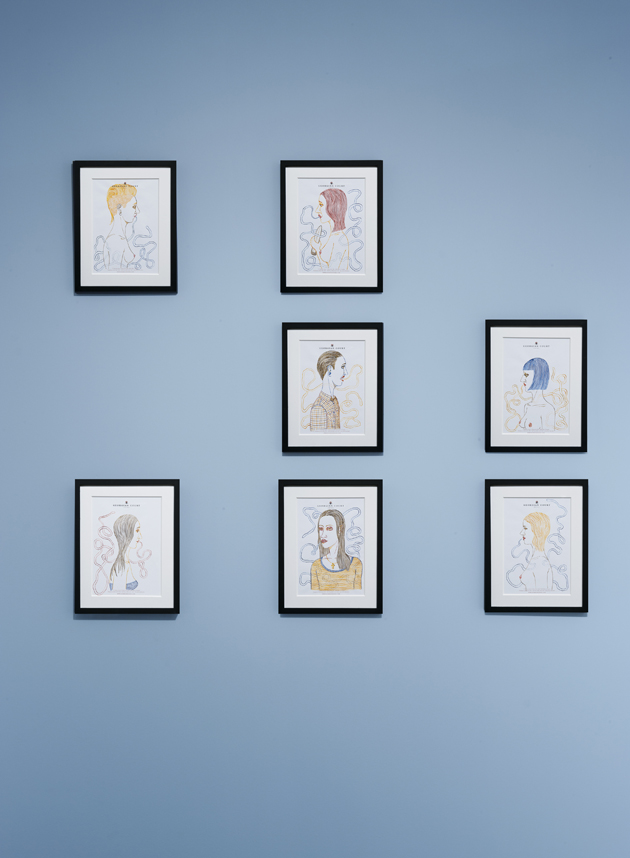
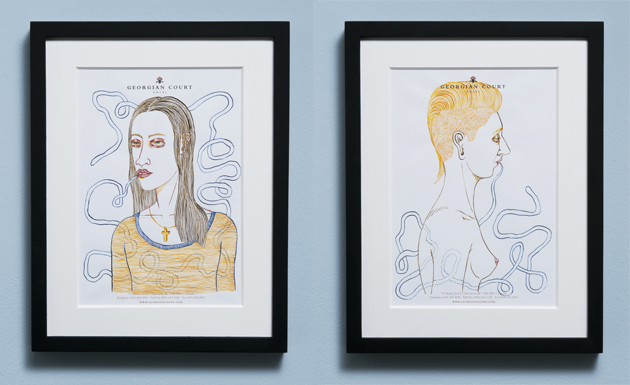
What do you think about contemporary art? There are a lot of people convinced that everything has been already done in art, what’s your position?
Yes, in some ways everything has been done, but it’s all about the style approach, of course painting has been done before, but there’s so many different ways to do a painting, to approach a painting and its style. Actually I’m more worried about photography because sometime I found myself being attracted by something on the street that is almost a cliché now, everybody has already shot it before.
I mostly think about a way to approach photography in a new way because I’m still shooting in a very traditional way, I’m not doing anything revolutionary, I’m still shooting with a basic camera with film, the same things used 15 years ago. But when I present a work in a show, I try to do it in a different way. I have silkscreen, photographs; I have photographs with paintings, paintings on the background. These are the things I do… I have an archive and I think about how I can do it as an artist and not only photographer. I don’t worry about art. I think every generation has its artists; some people get forgotten, there are a lot of artists who get forgotten and a lot of artists who get discovered. But there is also a ridiculous side, ridiculous collectors and ridiculous artists doing crazy things that people buy and it’s all part of the game.
You mentioned that you are a bit skeptical of new technologies, is this the reason why you shoot analogue?
Well, I like analogue because the film looks better and it’s a privilege to be able to shoot films: it is so expensive and you have to be able to do it, and now, of course, everyone is switching digital so it is getting more interesting, it is like something new now because nobody does it. But then also Instagram is a tool; it is a powerful tool. I’ve found it, I’ve also discovered Facebook and they really help; I mean, if I want to promote a book or a show, that’s what really works now because it is what everyone is looking at. But I think I’m skeptical because I realize that everything you put on it gets out of control, can be altered, it can be duplicated and I try to make sure that I don’t put things that I want to keep for actions or for books. I think social media is a secondary thing but it helps, it is mostly a commercial tool to promote.
Do you still have any taboos?
Mmm, not really, I mean, the taboos are changing, I used to have a lot more sort of sex stuff, personal relationships stuff in my work and I found that most people just see that. You have like hundred something photos and the only one which people notice is the one with a penis, and you think: “fuck, a hundred photos and that is the only one you care about?” So I started to realize that sometimes the core of my message is not exactly the same one that the people are receiving, and that’s important to me as an artist. It is something to think about.
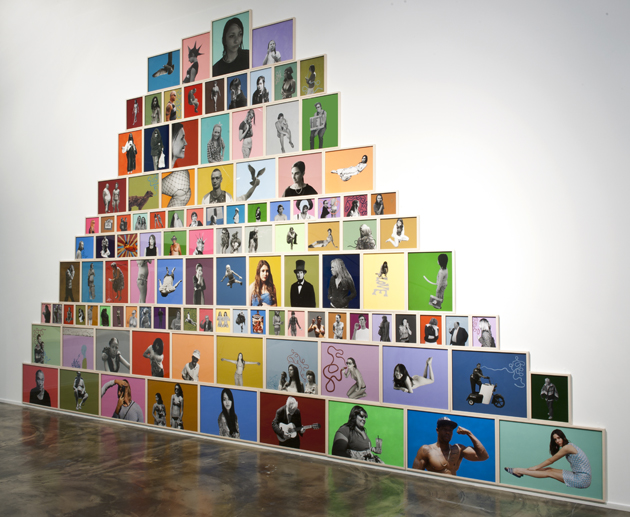
Could you tell us something regarding this show, and about the juxtaposition of the title words (Gentle/Collision)?
The title is the name of this piece, of this pyramid made of colourful photos, and for me it is a sort of gentle collision of painting and photography. This is the first time I was able to do a piece of the size of the wall. I had this idea of doing a big colourful pyramid; when this gallery invited me and I saw that they have big walls I said: “ok, now I can really do this piece” and this is the first time that I see it placed. My studio space isn’t big enough so I just had to make it and frame it and visualize it, so seeing it here to me is fun, you know, you have one idea and then you can work on it and you see it here. It is cool, I like it, and I’ll do it again sometimes.
Dulcis in fundo, could you make a list of the five things that make you feel great?
Travel, I love travelling, it always makes me feel great; knowing that you got a good photograph, I don’t always know, but sometimes you know it and it makes you feel good; really good vegan food; being with my wife of course… it’s hard to explain but there is a period when you do a show, it’s almost a personal period, it is when you end the last piece and you finish and it’s like the best feeling, a vision becomes clear, I have all my hands, everything fits, but it’s always a very short moment. After that the ball is on the other corner, people can look at it, respond or whatever they want… that’s my fifth one!
